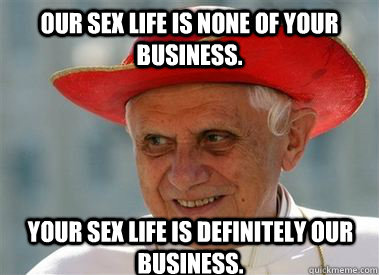Soldato
- Joined
- 5 Jun 2007
- Posts
- 9,338
- Location
- extremes.spacious.indelible


The most that will happen is some of the water will be turned into gas due to being boiled. That does not separate the covalent and hydrogen bonding in the molecule. You'd use electrolysis for that.
 Just hope you're not a smoker...
Just hope you're not a smoker...
My God, thats pussy looks like a giant....


Astronomers using NASA's Hubble Space Telescope have found a cluster of young, blue stars in the spectacular edge-on galaxy (ESO 243-49 above), encircling the first intermediate-mass black hole ever discovered. The presence of the star cluster suggests that the black hole was once at the core of a now-disintegrated dwarf galaxy. The discovery of the black hole and the star cluster has important implications for understanding the evolution of supermassive black holes and galaxies.
"For the first time, we have evidence on the environment, and thus the origin, of this middle-weight black hole," said Mathieu Servillat, who worked at the Harvard-Smithsonian Center for Astrophysics when this research was conducted.
Astronomers know how massive stars collapse to form stellar-mass black holes (which weigh about 10 times the mass of our sun), but it's not clear how supermassive black holes (like the four million solar-mass monster at the center of the Milky Way) form in the cores of galaxies. One idea is that supermassive black holes may build up through the merger of smaller, intermediate-mass black holes weighing hundreds to thousands of suns.


